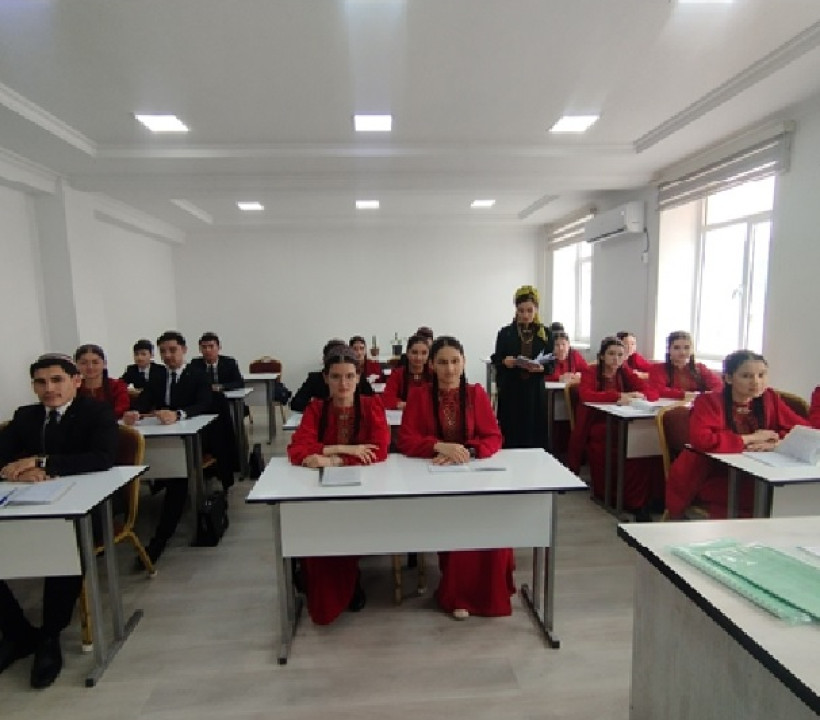The role and role of science and innovative technologies in the training of high-level specialists
Thanks to the state initiatives of Our Esteemed President, modern factories, factories and enterprises have been built in our country on a regular basis, equipped with state-of-the-art equipment and modern innovative technologies for the production of products that meet international standards.
The measures taken for technological development and modernization in each sector of the economy of Turkmenistan are only the beginning of the changes that are expected to take place in a few years on a systematic and programmatic basis with clear indicators in our country. Any information needed in the implementation of the state's economic development on the basis of the introduction of state-of-the-art technology and technology in every enterprise in all sectors of the country, in the workplace of automated workstations in the automated workstation of the computer specialists in the workplace of the specialists of the enterprise for the processing of information. great efforts are being made in finding ways and training highly skilled professionals.
tThe introduction of new information and communication technologies has resulted in the digitization of the state institutions of the Motherland as an important part of the economic development of the developed countries, as a result of which the sustainable development of production, competitiveness and livelihoods have become increasingly important. will be important in furthering the work being done to train highly qualified specialists who are well versed in the modern sciences in demand in the labor market.





